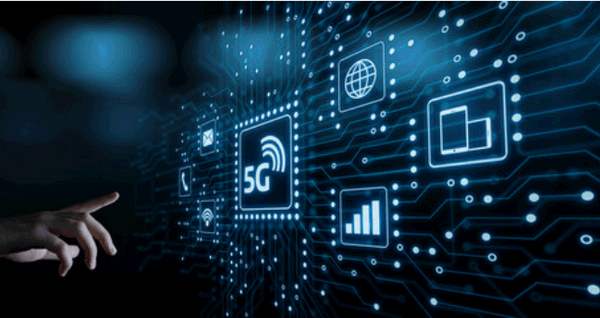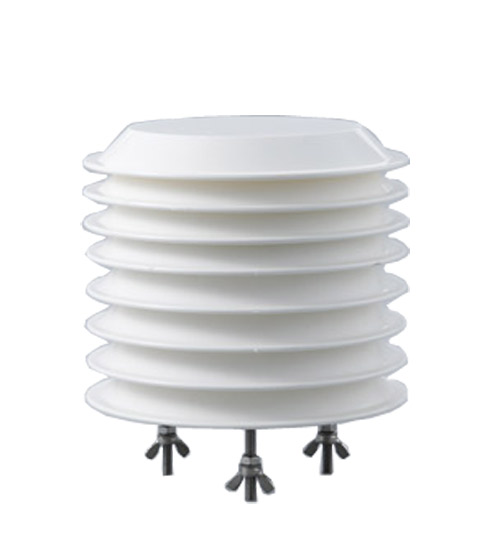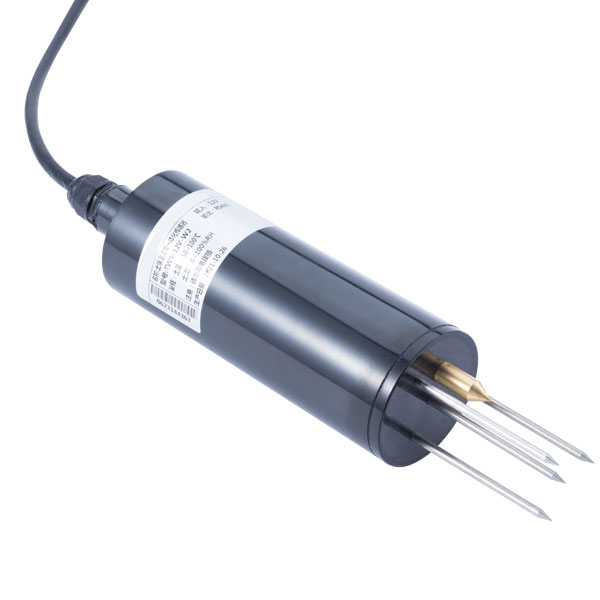

— Blogs —
—Products—
 Consumer hotline +8618073152920
Consumer hotline +8618073152920 WhatsApp:+8615367865107
Address:Room 102, District D, Houhu Industrial Park, Yuelu District, Changsha City, Hunan Province, China
Product knowledge
Time:2021-12-26 13:03:03 Popularity:1614
What is 5G?
5G refers to the fifth-generation mobile phone mobile communication standard, also known as the fifth-generation communication technology. We are all very familiar with 4G, which has greatly improved our Internet speed. Compared with 4G, the speed of 5G has made a qualitative leap, and its peak rate will increase dozens of times, from 4G’s 100Mb per second. Dozens of Gb per second. At the same time, the end-to-end delay will also be reduced from tens of milliseconds in 4G to a few milliseconds in 5G. This means that after the realization of 5G, we can download more than 10 high-definition movies in 1 second, which greatly improves our Internet and communication speed.

5G will accelerate the arrival of the era of Internet of Everything! my country’s Internet of Things has been developing for some years, but there are very few Internet of Things applications that have actually landed. What is the reason? In addition to technical reasons, there is another important reason, which is the current The communication capabilities of 4G networks have greatly restricted the development of the Internet of Things industry. The existing 4G network still cannot well meet the needs of the Internet of Vehicles, smart home, smart medical, smart industry, and smart city.
Compared with 4G networks, 5G has more powerful communication and bandwidth capabilities, which can meet the needs of high-speed stability and wide coverage of IoT applications. If 5G is realized, many Internet of Things applications that are still in the theoretical or pilot stage will not only be implemented, but will also be quickly promoted and popularized. Therefore, the realization of 5G is not only a help for the Internet of Things industry, but also an icing on the cake.
Three major application scenarios of 5G
First of all, we translate eMBB as "enhanced mobile broadband." This is well understood, and the most intuitive manifestation is the doubling of the network speed and the ultra-high transmission data rate. Under 5G, we can easily watch online 2K/4K video and AR/VR, and the peak speed can reach 10Gbps.
The second part of the massive Internet of Things relies on the powerful connection capabilities of 5G to promote the integration of vertical industries. With the Internet of Everything, we can build a smart life by relying on various sensors and terminals around us. In this scenario, the data rate is low, and the delay requirement is not high, the terminal cost of the layout will be lower, and long battery life and reliability are required.
The third part is uRLLC, which translates to high-reliability and ultra-low-latency communication. In this scenario, its requirements for delay are very high, often reaching the 1ms level. It is used in special industries such as the Internet of Vehicles, industrial control, and telemedicine. Among them, the market potential of the Internet of Vehicles is generally optimistic about the outside world.
Prev:GPRS DTU is a wireless data terminal for the Internet of Things
Next:What is the relationship between 5G and the Internet of Things?
Sensors & Weather Stations Catalog
Agriculture Sensors and Weather Stations Catalog-NiuBoL.pdf
Weather Stations Catalog-NiuBoL.pdf
Related recommendations
Related products
 Atmospheric Temperature Humidity Pr···
Atmospheric Temperature Humidity Pr··· Soil Temperature Moisture Sensor 4-···
Soil Temperature Moisture Sensor 4-··· Air temperature, humidity and atmos···
Air temperature, humidity and atmos···
Screenshot, WhatsApp to identify the QR code
WhatsApp number:+8615367865107
(Click on WhatsApp to copy and add friends)